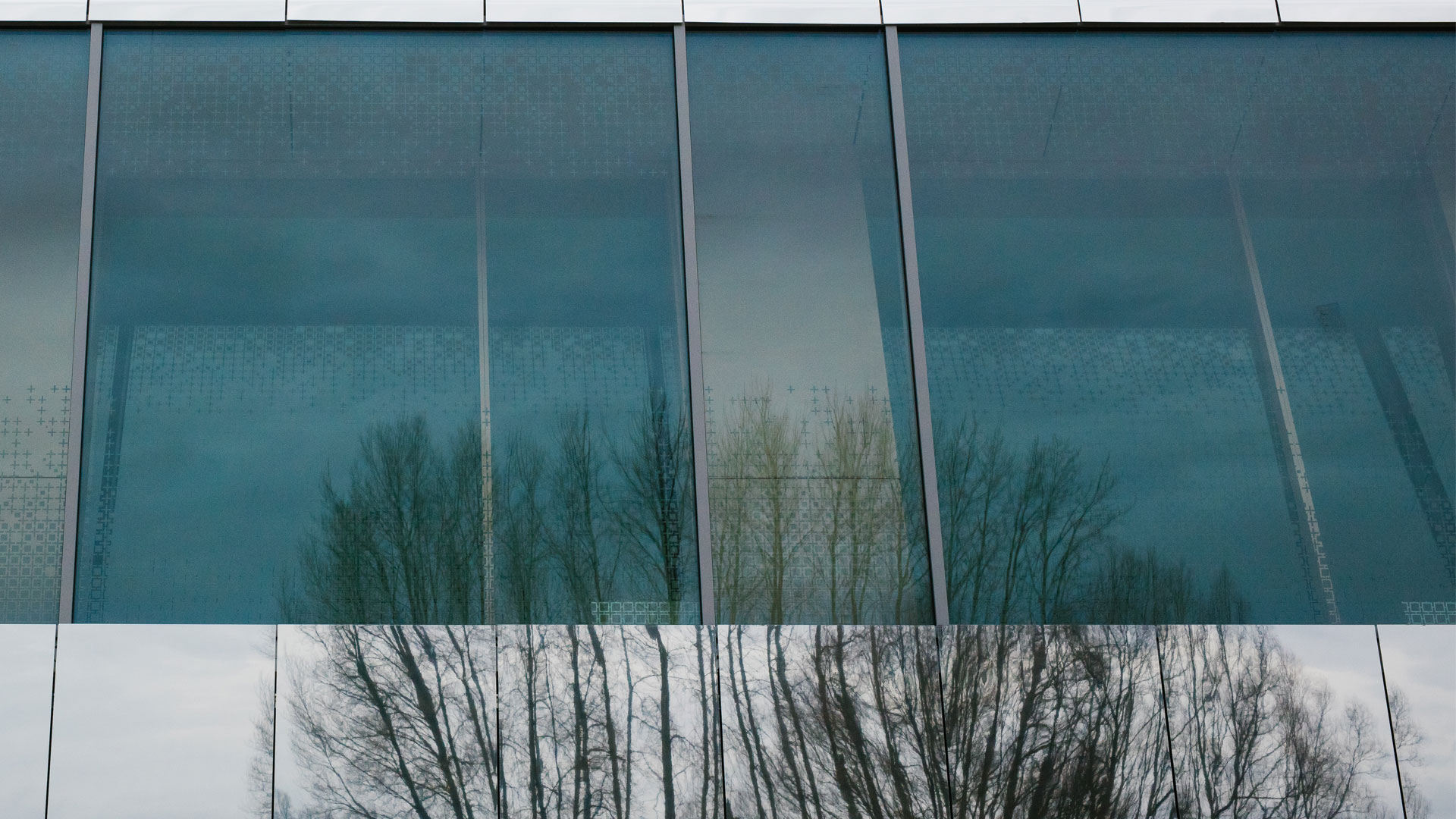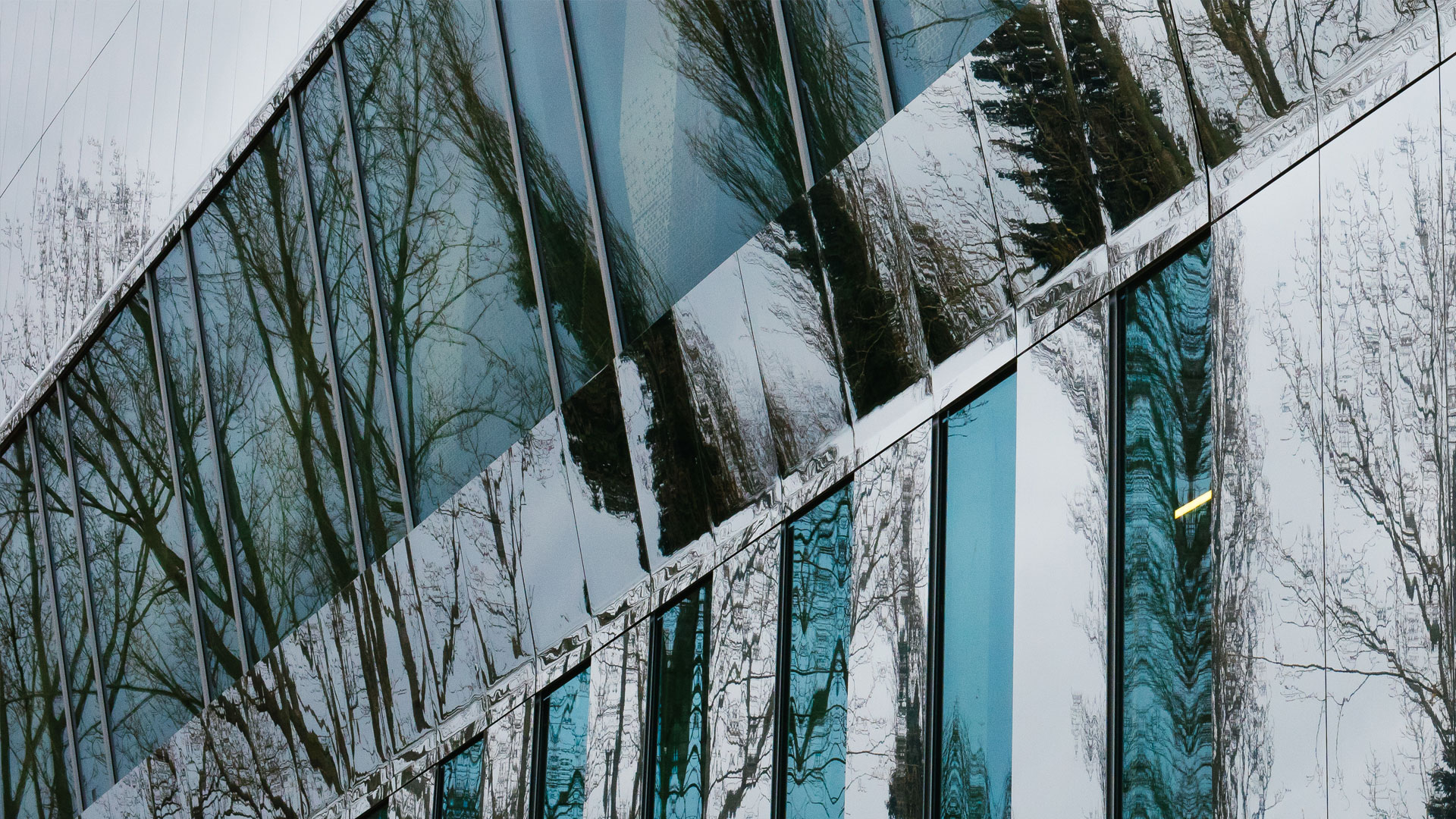On 25 March, UAntwerp will open the doors of Vaccinopolis: a unique vaccine research centre and also a new building at Campus Drie Eiken. The research centre isn’t the only unique thing; there are several surprising facts about the building itself.
–150°C
Is the coldest temperature in the building, in a freezer needed for vaccine research.
–35 pascal
Is the negative pressure at which the chambers are kept in Biosafety Zone 3. This ensures that no pathogens (organisms that cause disease) can escape from the zone. Additionally, all incoming and outgoing air is filtered by HEPA filters. Double glazing has been used throughout the building and everything has been carefully sealed.
The 1st floor
Mainly consists of, like the ground floor, office and meeting rooms for staff, research spaces for outpatient studies, labs with biosafety level 2 and labs with the exceptional biosafety level 3.
The 2nd floor
Is reserved for research spaces, as well as for accommodation and leisure facilities. At Vaccinopolis, groups of up to 30 people can stay here during their participation in a vaccine study.


The 3rd floor
Is almost entirely reserved for the technical installations. There is also an emergency power supply that can power the entire building. In the event of an external power outage, Vaccinopolis will still be able to operate safely.
3
Is the exceptional biosafety level that Vaccinopolis has in various labs. Here, studies can be conducted on pathogens that require incredibly high safety standards. The rooms were built in such a way that they can be disinfected separately and smooth finishing materials were chosen. Materials are brought into the zone through an airlock, so that the pressure balance is not disturbed. Outgoing materials are disinfected.
4 months
Was the extremely tight timeframe in which the preliminary design, the permit process and the detailed plans were realised.

14 months
Was the time frame in which Vaccinopolis was realised. The plan to construct such a building in this time frame was very ambitious, especially considering the exceptional biosafety level. Usually the construction of a building of similar size and with similar technical equipment takes 4 years. The foundation stone was laid on 25 January 2021, and on 25 March 2022 Vaccinopolis festively opened its doors.
30 beds
Are available at Vaccinopolis. This means that up to 30 people can stay at Vaccinopolis for a number of days to a number of weeks to participate in a vaccine study.
60 trees
Were planted next to the access roads and around the building. Bioswales were added in the environmental design so that rainwater can be buffered and infiltrated into the soil. Various indigenous trees and bushes were also planted along the edges of the site. The remaining areas around the building will be a grassland, sown with a combination of grass, flowers and clovers. Fun fact: these zones will be maintained by grazing sheep. The vaccine study participants will have a pleasant view to enjoy during their stay.

308 solar panels
Adorn the roof of Vaccinopolis, combined with a green roof. The peak capacity of all those solar panels combined is 117.04 kWp, which is 10% of the total capacity of Campus Drie Eiken. Vaccinopolis has been connected to the campus’ internal power grid, so any excess power generated can immediately be used in other buildings.
± 600kW
Is the power of each of the two heat pumps that cool and heat the building.
6225m²
Is the total floor area of the building. A quarter of this is occupied by technical rooms for the complex installations.
Read more about Vaccinopolis on www.uantwerpen.be/vaccinopolis.

